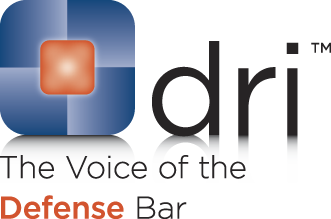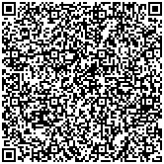The real estate market in Las Vegas is struggling. Due to foreclosures and owners walking away from their loans there are many unoccupied single family homes. When wear and tear happens to unoccupied properties, delayed discovery can exacerbate the situation. Even worse, unoccupied properties can be intentionally damaged by people. Arson is one of those risks.
Homeowner’s Insurance companies recognize these increased risks and will often try to limit their exposure related to intentional damage done to unoccupied homes. A common exclusion in policies states:
We do not insure for loss either consisting of, or caused directly or indirectly by . . . vandalism, breakage of glass and safety glazing materials if the dwelling has been vacant for more than 30 days just before the loss.
When a vacant home is intentionally set ablaze, the question is whether arson is considered “vandalism”, thereby excluding the loss from coverage. Since many policies do not define “vandalism”, the word is left open for interpretation. By turning to the dictionary definition of the term vandalism, insurance companies find support to enforce the exclusion. The online version of Merriam-Webster’s says that “vandalism” is the “willful or malicious destruction or defacement of public or private property.” They conclude therefore that “arson” is a subset of the more generic term “vandalism” and that the exclusion should be enforced. This argument was favorably received in the cases of Battishill v. Farmers Alliance Ins. Co., 139 N.M. 24, 127 P.3d 1111, 1115 (2006) and Bear River Mut. Ins. Co. v. Williams, 2006 Utah App. 500, 153 P.3d 799 (2006).
On the other side of the argument, the insured would say that the term is ambiguous. A Nevada insured, by pointing to widely referenced documents used by the government, law enforcement and the insurance industry, can argue that there is more than one reasonable interpretation of the word.
In the case of Anvui, LLC v. G.L. Dragon, LLC, 132 Nev. 212, 215-16, 163 P.3d 405 (2007), the court explained that a contract is ambiguous when it is subject to more than one reasonable interpretation. Any ambiguity, moreover, should be construed against the drafter. In Nevada, insurance contracts are even more stringently interpreted in favor of the insured. See, Harvey’s Wagon Wheel v. MacSween, 96 Nev. 215, 606 P.2d 1095 (1980). In addition, exclusionary provisions are subject to the closest possible scrutiny. See, Sullivan v. Dairyland Insurance Co., 98 Nev. 364, 649 P.2d 1357 (1982).
The insured would point to cases like Mutual Fire v. Ackerman, 162 Md. App. 1, 872 A.2d 110, 116 (2005); Tillman v. So. State Ins. Co., 284 S.C. 273, 325 S.E.2d 585 (1985); and Nationwide Mut. Fire. Ins. Co. v. Nationwide Furniture, Inc., 932 F.Supp. 655 (E.D. Pa. 1996). The Tillman court succinctly said that “[i]f the drafters of the policy intended to exclude a fire loss to a dwelling vacant for over thirty days, it could have easily done so” by using appropriate language. Other cases that follow this line of reasoning are United Capital Corp. v. Travelers Indem. Co. of Ill., 237 F.Supp.2d 270 (E.D.N.Y. 2002); MDW Enterprises, Inc. v. CNA Ins. Co. 4 A.D.3d 338, 772 N.Y.S.2d 79 (2004); Am. States Ins. Co. v. Rancho San Marcos Prop., 123 Wa. App. 212, 97 P.3d 775 (2004); Cipriano v. Patrons Mut. Ins. Co., 2005 Conn. Super. LEXIS 3577 (Conn. Super. Ct. Dec. 22, 2005) and Dixon v. Safeco Ins. Co. of Am., 2002 Wash. App. LEXIS 2146 (Wash. Ct. App. Sept. 6, 2002).
Nevada has no definitive answer to this question. Mills & Associates will continue to monitor this issue to determine what the Nevada Supreme Court has to say on the topic.
 Follow
Follow Email
Email


